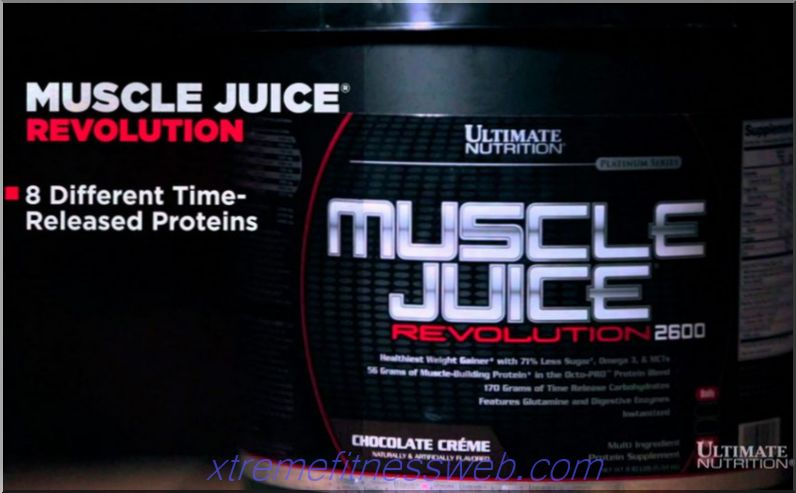
Human legs belong to the largest muscle group. This muscle group includes quadriceps, thigh biceps, gluteal and calf muscles. In the process of training the legs, the body releases the necessary hormones, as a result of which the mass of the muscles of the legs, including the mass of other muscle groups, builds up. You can choose different approaches for training leg muscles. It makes sense to stop at one of the well-known and productive workouts carried out in the training room for the legs.
Basic principles

Leg muscle training should begin with basic exercises. If you start training on the basis of an isolated principle, then in the future you will not be able to master the basic movements, which will reduce the effectiveness of training in general. Some newcomers do the same, after which disappointment ensues and, as a result, they give up training. Before the start of the training process, it makes sense to begin to perform basic movements with a minimum load, like a warm-up before the main basic study.
In the process of working with the maximum load, it is advisable to wear an athletic belt, otherwise you can overload your back muscles. In addition, it is advisable to protect the knee joints with bandages, since they experience serious stress. It’s realistic to train your legs and with optimal weight, so choosing the maximum weight is not recommended.
Before starting training, it is advisable to familiarize yourself with the technique of performing movements. As a rule, in order to perfectly master the technique of performing movements, it will take weeks, or even months. In no case should you ignore such an approach to the training process. The final result directly depends on the technique of movements. In addition, in this initial period, one should not risk and use large masses of sports equipment. Weight gain should be smooth and deliberate.
Bodybuilding Leg Workout Program

If you take into account all of the above, you can try to draw up a program of exercises for the legs. Training should begin with basic movements:
- Squats with a barbell on the shoulders (2 warm-up approaches of 30 reps + 3 working approaches of 20 reps) - works out quadriceps;
- Bench press (3 sets with a gradual increase in weights of 20 reps) - finish the study of the front of the thigh;
- Deadlift (2 warm-ups + 3 working approaches of 15-20 reps) - we are working on the back of the legs - thigh biceps;
After this, you can begin to conduct isolating movements:
- Leg extensions in the simulator (3-4 approaches with a gradual increase in weights of 15 repetitions) - an isolated study of quadriceps;
- Leg bending in the simulator (also 3-4 X 15) - we train the hip biceps;
- Rises on toes standing (2-3 sets of 15-20 repetitions) - we train calf muscles;
- Lifting on socks while sitting (2-3 sets of 15-20 times) - the study of soleus muscles (those that are under the calf).
Between approaches, you should not take a long pause of 1.5-2 minutes when performing basic movements, as well as 45 seconds when performing isolating movements. The effort on the muscles during training increases gradually. A similar approach to the training process is suitable for athletes who train no more than a year.
Leg Muscle Tips

Many beginner athletes, having seen enough of various video clips on the Internet, immediately begin their workouts from 10 exercises. Having worked in this way for a couple of months and not having tangible results, they quit these classes.
If an athlete has never had to deal with serious loads before, then, at the initial stage, all training can consist of only a couple of exercises - this is squatting with a barbell on your shoulders and deadlift. A similar approach is justified in training other muscle groups. The back muscles are trained by pull-ups and traction in the slopes, and the chest and shoulders - by bench presses.
The beginning of training is the development of the technique of performing movements. It is from this that a positive result will depend.
If you follow these simple recommendations, then the result, sooner or later, but it will certainly prove itself.







